Quebec, often unknown by foreign travelers, is the only Canadian province to have retained French as its official language. Its surface area, equivalent to three times that of France, is filled with natural beauty and exciting activities. Here’s a guide to help you plan your vacation in Quebec.
When to leave?
The weather
The two main seasons in Quebec are summer and winter, but the province’s geographic location causes the climate to be divided into four distinct seasons. Although summer is the season of great temperatures, the climate can also be very pleasant in spring and fall. In January and February, it’s not uncommon to see temperatures drop to -15 or -20°C. Beware! It sometimes feels like -40°C with the wind chill factor! In March and April, temperatures start to rise again, with an average of about 5 to 10°C. For May and September, the average is about 15°C, then it goes up to 22°C in June. The average is 27°C for July and August, but drops to 12°C in October. Heat waves, or prolonged periods of extreme heat, are common and although it’s rare, the thermometer can sometimes reach 40°C in the summer. In November and December, temperatures vary between 5 and -5°C.
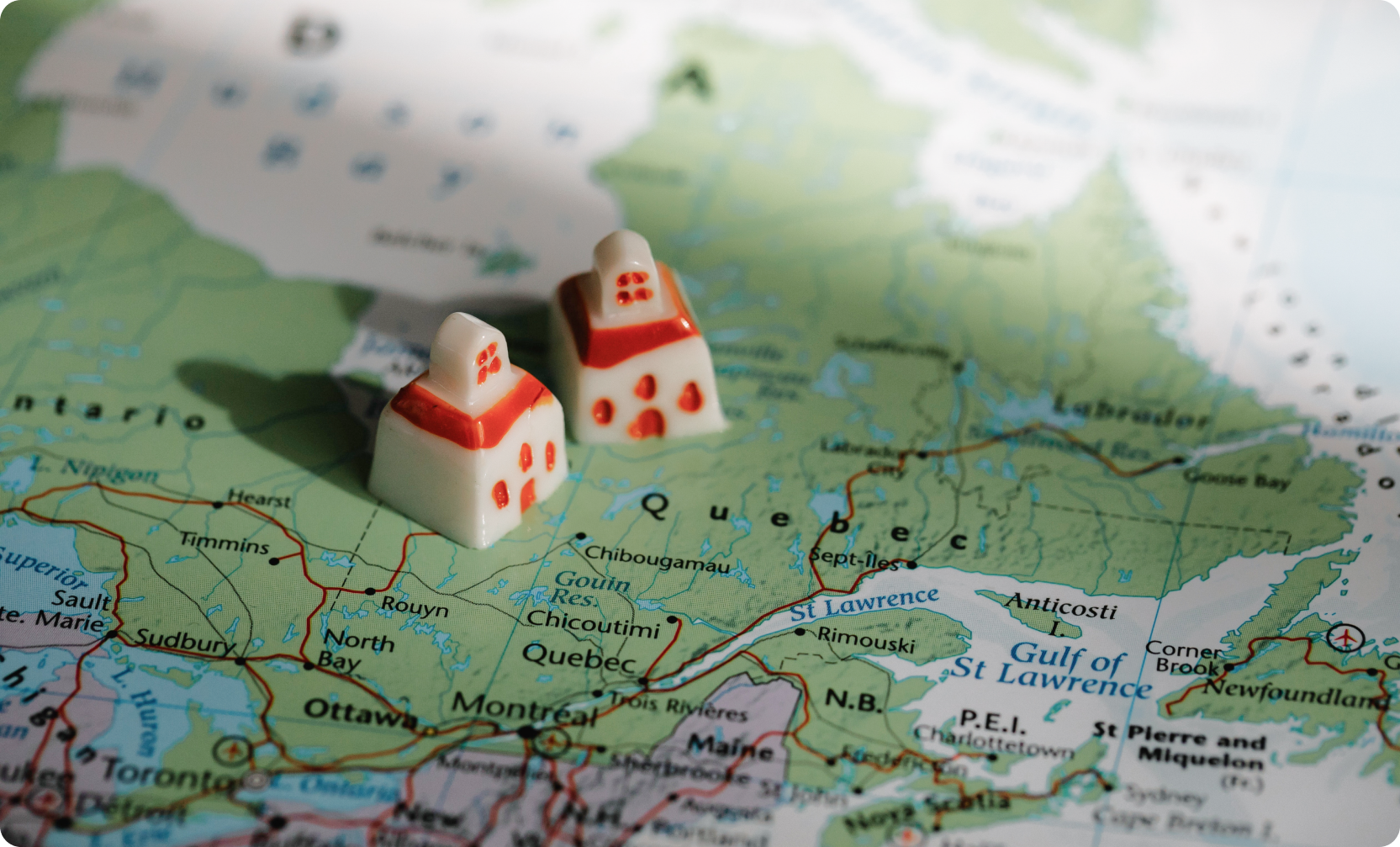
The best times to visit Quebec
If you like snow sports and cold weather, winter (January to March) is the best time to travel. The cost of living may be a little lower since it’s not the peak tourism season, but the big cities will be less animated and there will be fewer events organized. In our opinion, the best time to go on vacation in Quebec is between June and October. However, we advise you to avoid the last two weeks of July; it’s the period of the construction holidays in Quebec, and many citizens stay in the province, which increases the number of visitors. The best time to visit is from mid-June to the end of July, and from the beginning of August to mid-October. Indian summer, from mid-September to mid-October, is also a great period to visit Quebec, as the weather cools down a bit and the leaves change color, offering breathtaking landscapes. If you are planning to travel in the spring and fall, pack light clothing for the day, but don’t forget a little vest and pants for the cooler evenings. In winter, don’t leave without a warm coat and boots, a hat and gloves. You can favor very light clothes in summer, but it’s good to know that temperatures drop in the evening and at night.
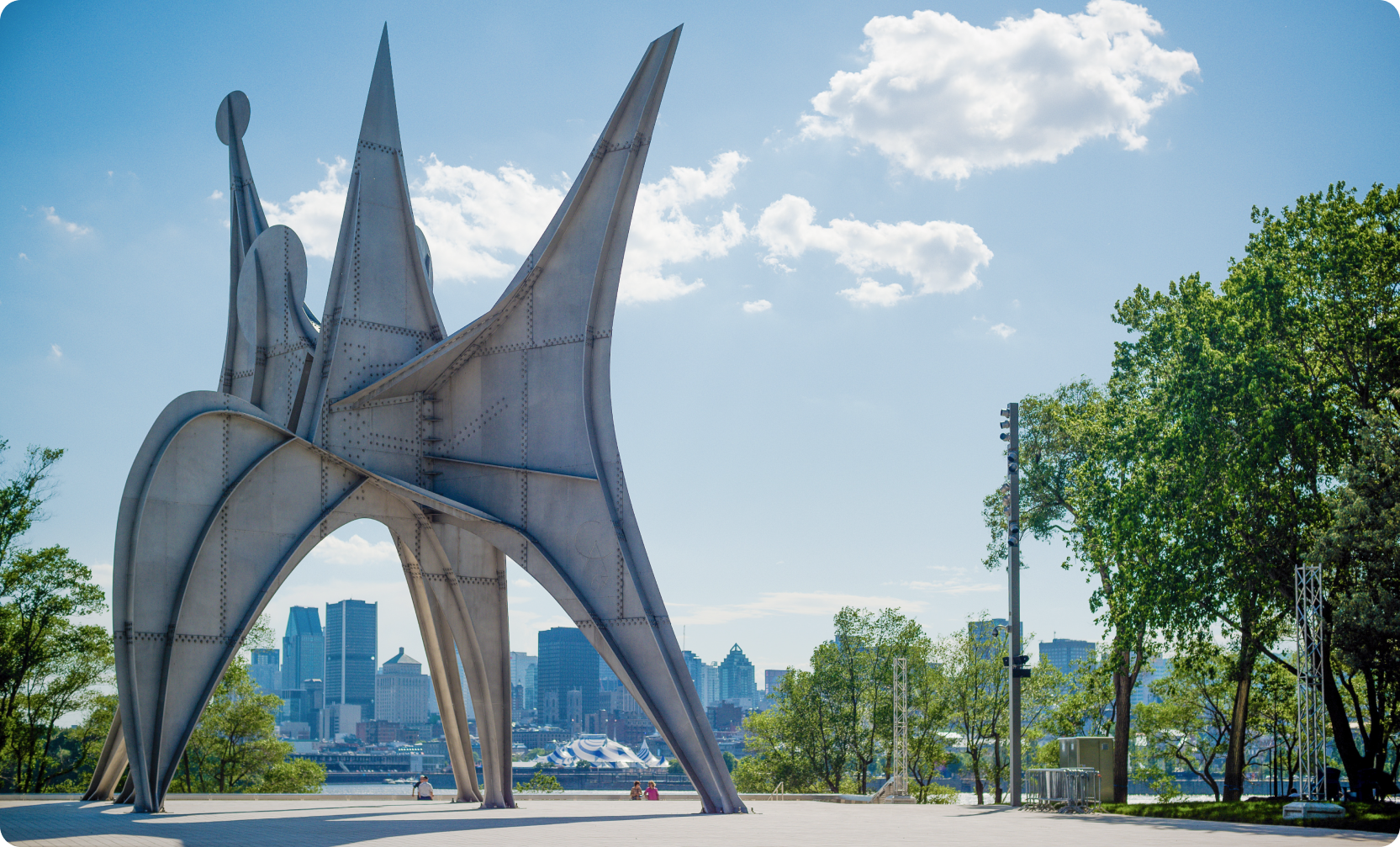
What is the cost?
For information purposes, the cost of living in Quebec is similar to that of France when converting from Euros to Canadian dollars. It’s possible to visit Quebec on a budget, but you can also spoil yourself, depending on your tastes and finances. Here is an average budget for a two-week vacation for two people:
Small budget : 2 100 € (3 035 CAD)
- Stay in hostels, low-end accommodations on Airbnb, 2-3 star hotels, Bed and Breakfasts, etc.
- Try to do free or low cost activities.
- Choose accommodations that include meals or do your own cooking as much as possible.
Average budget : 3 800 € (5 491 CAD)
- You can stay in 3-4 star hotels or mid-range accommodations on Airbnb.
- You can afford to do some activities that cost money, but avoid those that are too expensive and still favor free activities.
- Choose accommodations where you can cook for yourself from time to time, and focus on less expensive restaurants.
High budget : 5 700 € (8 236 CAD)
- You can afford a 4-5 star hotel or high-end accommodations on Airbnb.
- You can afford to do many activities that cost money, even those that are more expensive.
- You can eat in restaurants for the majority of your meals and even indulge in distinguished restaurants with higher costs.
We also recommend that, depending on the season you will be traveling in, you include the purchase of adequate equipment and clothing in your budget.
What to do?
The activities
If you decide to come to Quebec between June and September, you will have the chance to do many outdoor activities. The province is full of rivers and lakes, perfect for fishing and nautical activities such as kayaking, canoeing, stand-up paddle, etc. You can even practice extreme sports like kitesurfing or windsurfing. Quebec is also known for its nature as well as its large number of parks and green spaces where it is possible to practice hiking, biking, ATV, and more. If you prefer indoor activities, you can visit many museums, art galleries and historical buildings, practice skydiving or surfing in indoor simulators, or do some shopping in malls or local boutiques.
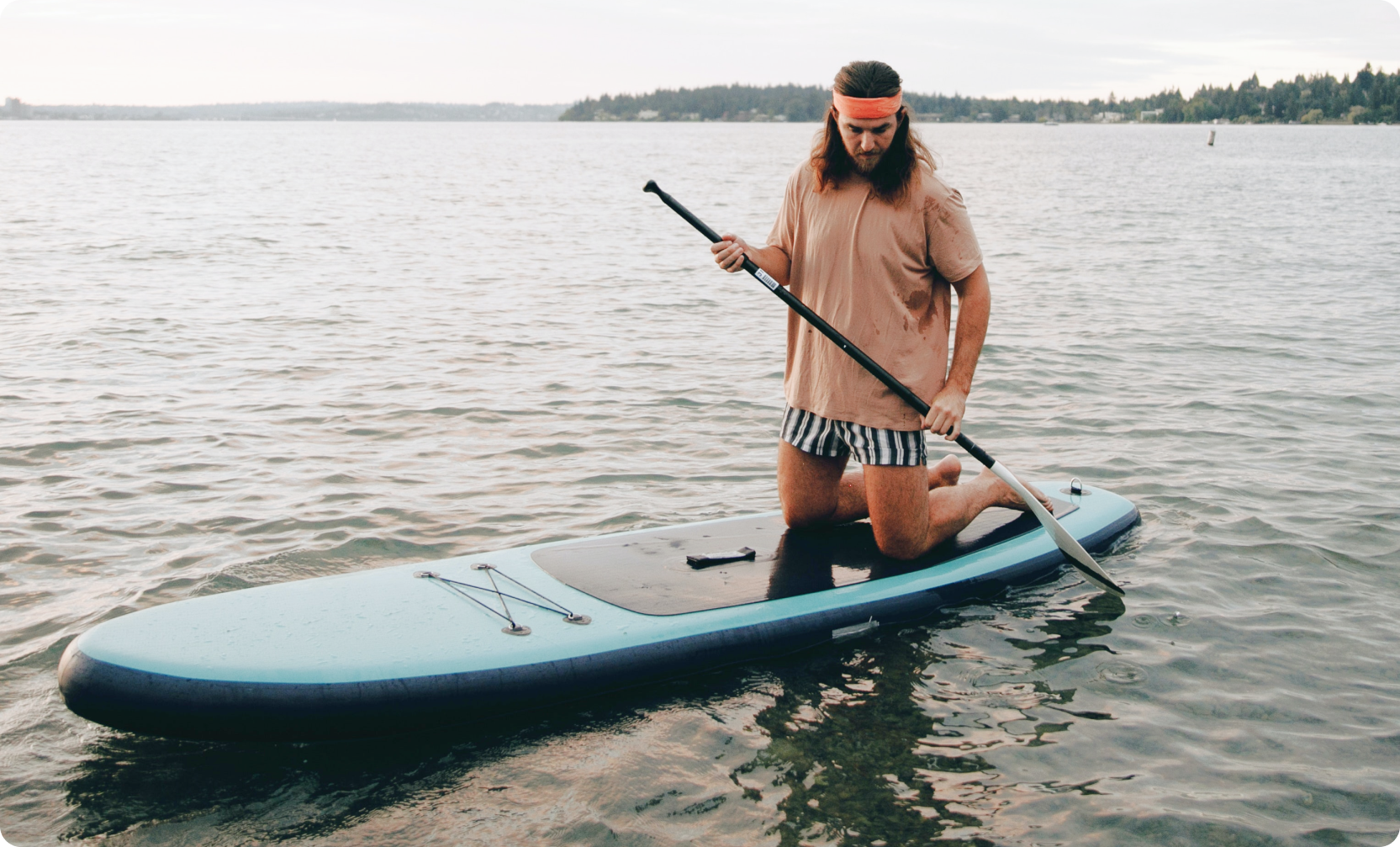
The culture
Quebec is divided into various regions consisting of many cities, each with its own particularities and charm. Here are some cities to visit depending on the type of trip you wish to experience:
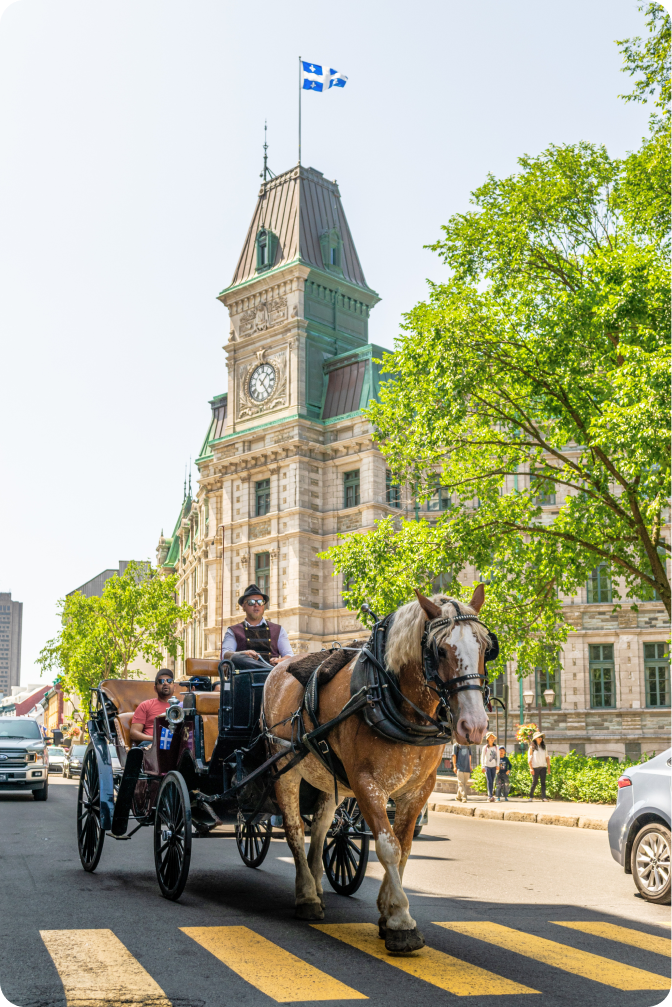
Source: Pexel, Photo taken by Enrique Hoyos
Quebec City:
Quebec City is quite historic. Many buildings dating back to its founding by French explorer Samuel de Champlain in 1608 are still standing today, and the European influence can still be seen. With its original buildings, fortifications and narrow streets, it’s a unique city. There are many activities to do and attractions to see, both in summer and winter. The Château Frontenac, the Observatory, Île d’Orléans and Montmorency Falls are tourist attractions not to be missed. It should be noted that the city can be very busy during the tourist seasons, mainly in January/February and July/August.
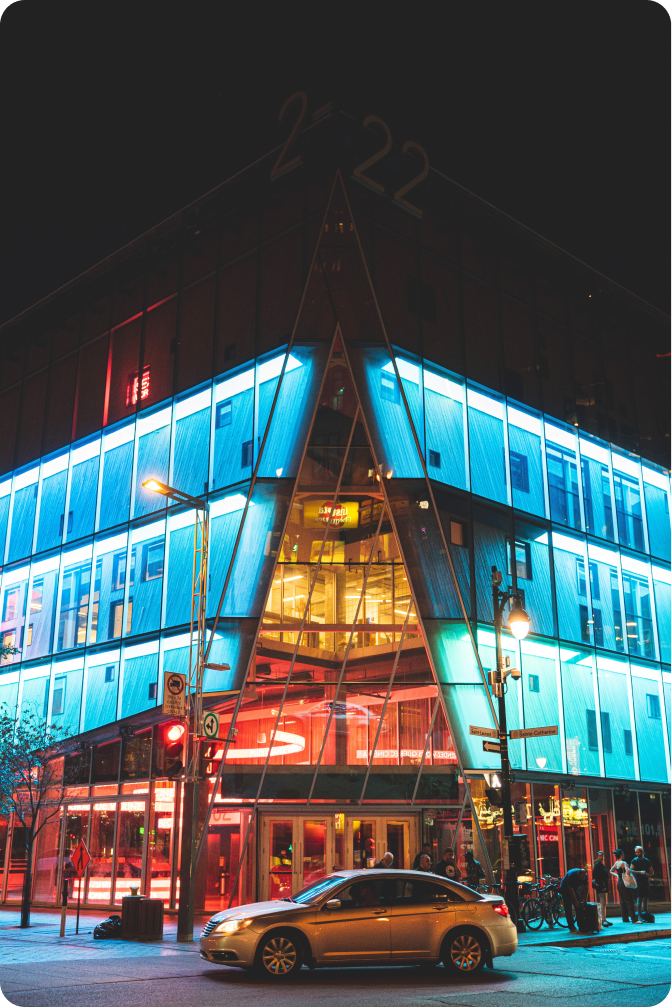
Source: Pexel, Photo taken by Jean-Daniel Francoeur
Montreal :
The city of Montreal is recognized as the cultural center of Quebec. It’s a multicultural city, but is known for its French-speaking community. Less historical than Quebec City, there are still a lot of activities and attractions to choose from. Always very populated and busy, Montreal is full of life, no matter the season. The nightlife is very active and it’s the place of many festivals like the Piknic Electronik and unique events like the Formula 1 Grand Prix and the Poutine Fest. The Botanical Garden, the Old Port, the Museum of Fine Arts and the Science Center are also must-sees in this city.
Ste-Luce-sur-Mer/Rimouski :
If you are looking for a quieter trip, you will be enchanted by the neighboring cities of Ste-Luce-sur-Mer and Rimouski. They are much less busy than the big cities such as Montreal and Quebec City, but there are still plenty of activities to do, mainly in nature and on the water. Le Navigateur Ste-Luce is the perfect accommodation solution if you wish to stay in this region.
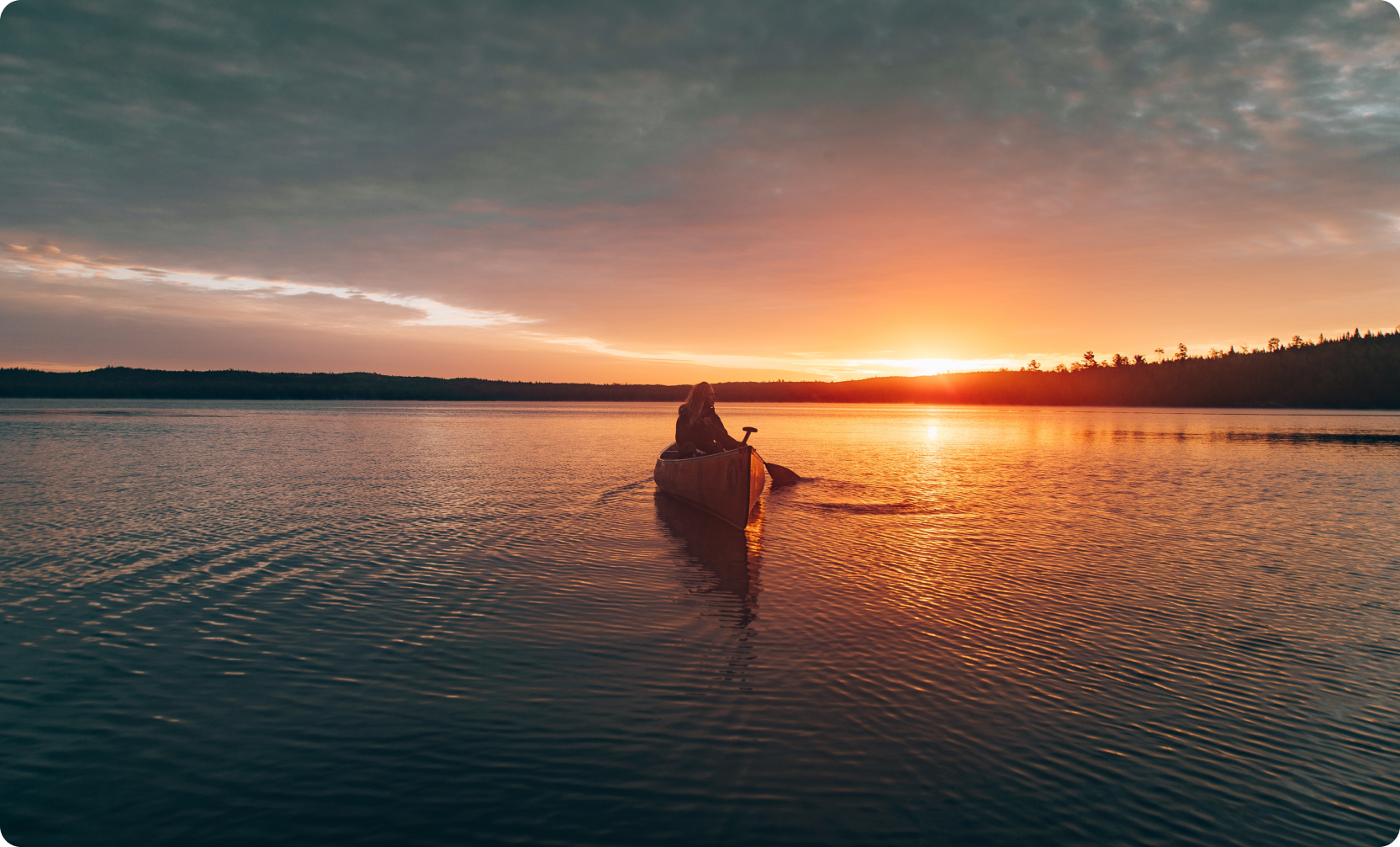
In conclusion, Quebec is an ideal destination for your vacation in Canada, regardless of your preferences and budget. We invite you to learn more about this beautiful province before booking your trip, because Quebec is full of great destinations. And remember that the most enjoyable cities to visit are not always the most famous or the biggest ones! Most European travelers need an Electronic Travel Authorization (ETA) to enter Canada, so don’t forget this if you plan to visit us soon. Have a great vacation!

